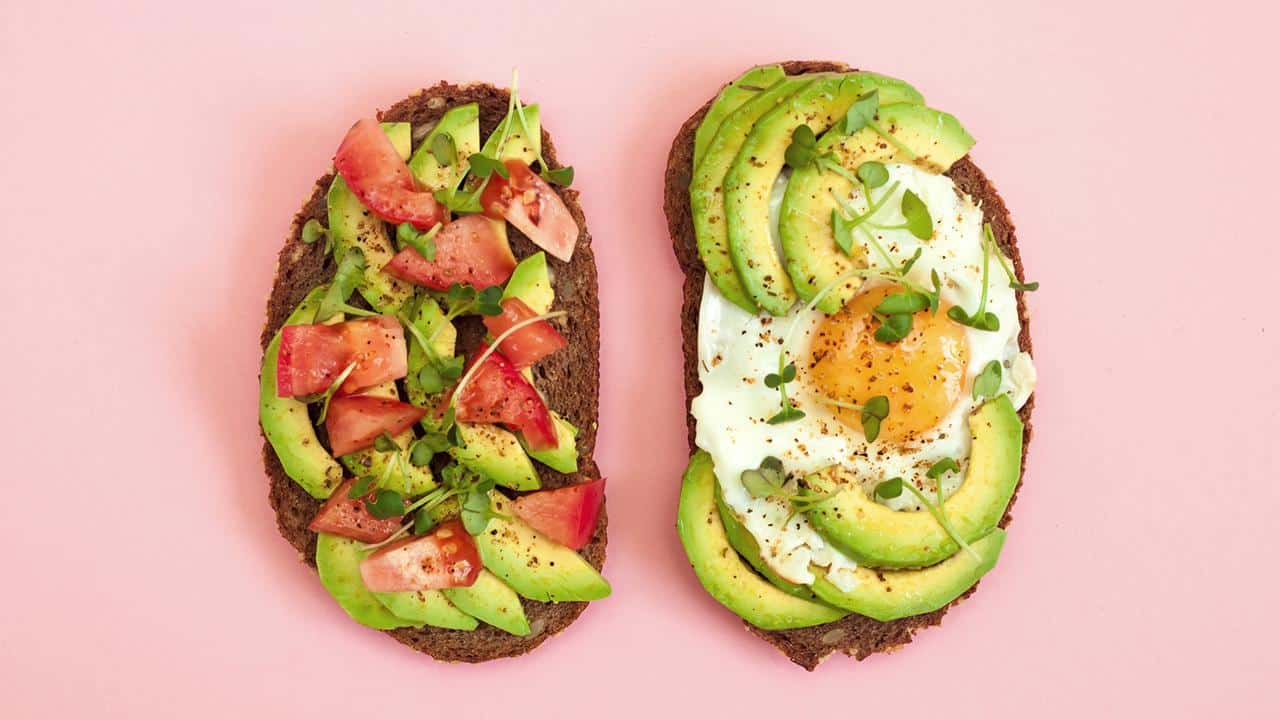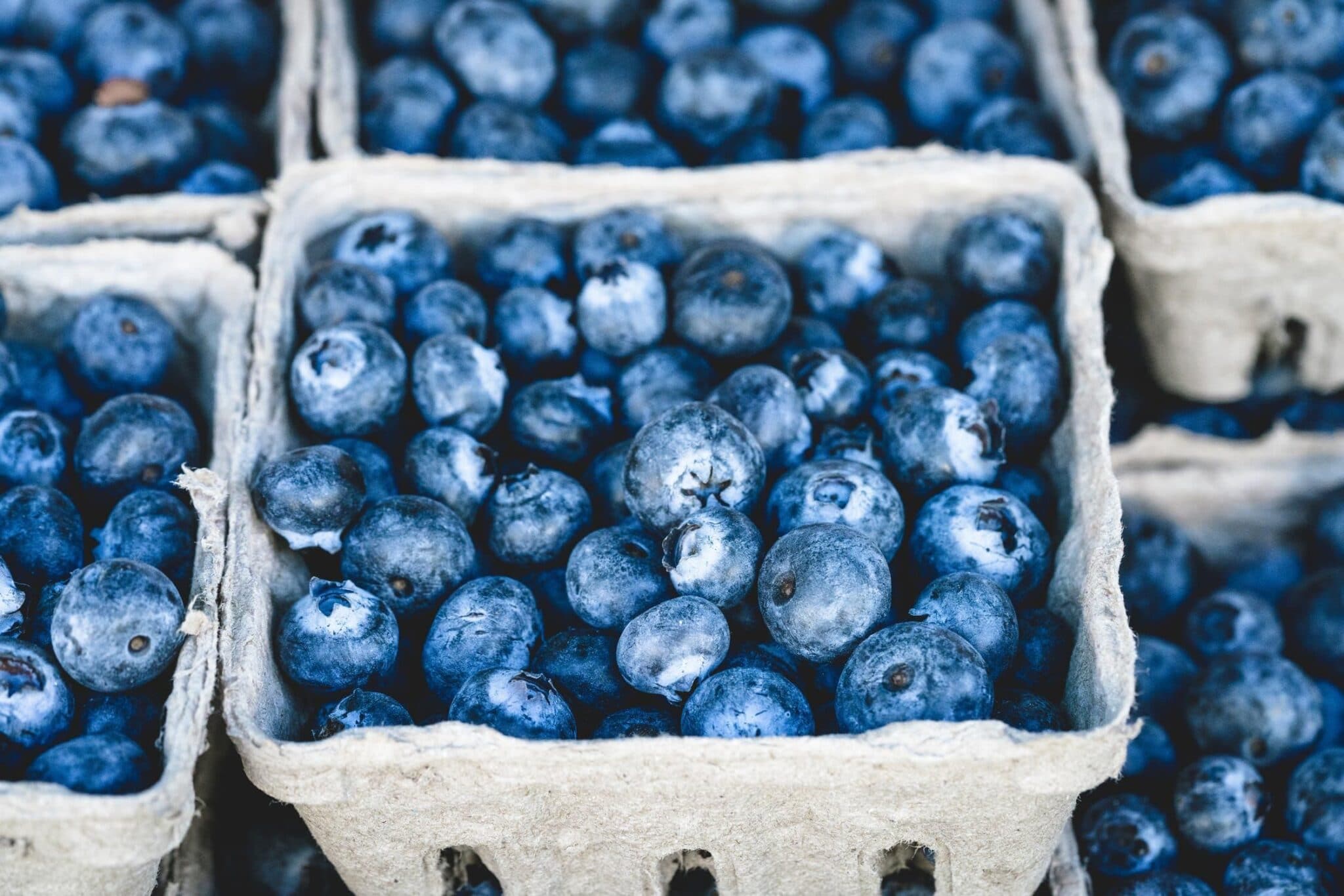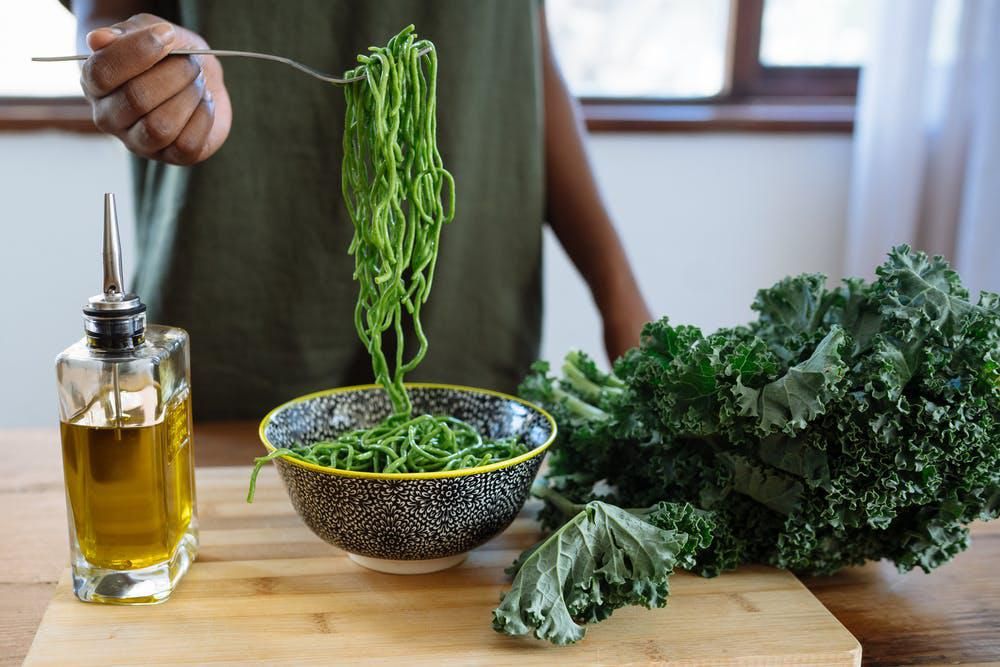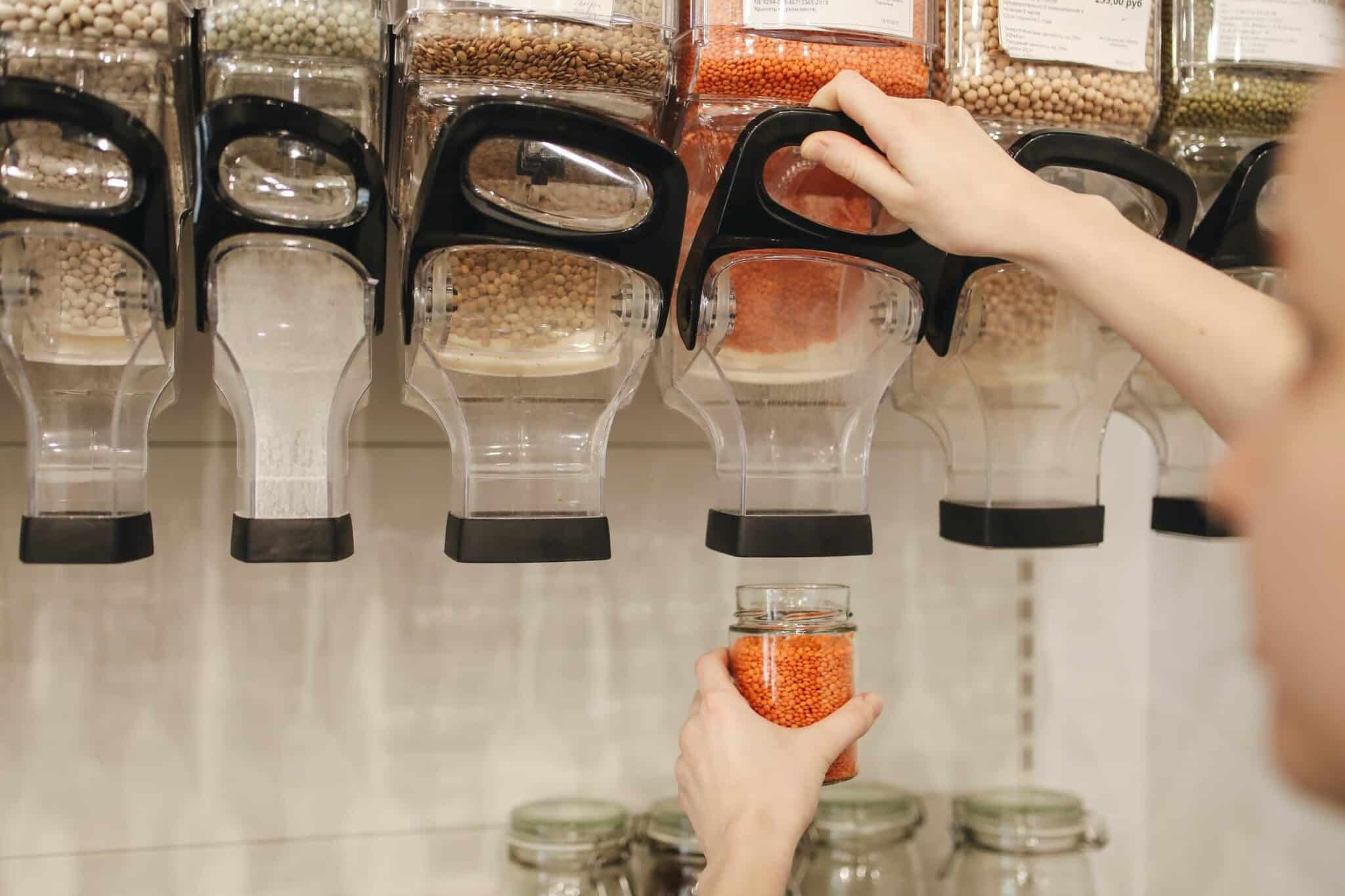

“Certified organic superfoods.”
“Nutrient-dense, plant-based superfoods.”
You’ll find these glowing, adjective-laden descriptions of certain foods in grocery stores, specialty shops and on the Internet, but news flash — there is no such thing as a superfood. At least not according to science.
The popular nomenclature came into fashion in the early 2000s to entice more people to eat certain fruits and vegetables. That said, the term superfood dates back to nearly a century ago, when the United Fruit Company used it as a way to market bananas.
The truth is, there is no one food that will provide all the nutrients you need to survive and flourish. In fact, the U.S. Dietary Guidelines recommend healthy eating patterns, rather than specific foods for best health.
That said, there are certain foods you can work into your eating patterns that will give your body the boost it needs to heal faster, stay younger, and feel better.
1. Berries
Pexels
We’ve all heard of the wonders and magic of blueberries, with their antioxidants, vitamins and more. The anthocyanin pigments, which give them their dazzling blue color, also help lower the risk of diabetes, heart disease, and even Alzheimer’s, according to a 2019 study.
Other berries contain valuable antioxidants, too. In fact, a 2018 study shows that strawberries, raspberries, blackberries and even cranberries fight the free radicals in the body that can cause cancer. Berries also help treat immune disorders and digestive issues, research shows.
You can easily include berries in your diet by eating them fresh or frozen, adding them to yogurt or cereal, or blending them into smoothies.
2. Yogurt
The live cultures in yogurt are considered good bacteria. These probiotics help protect the body from more harmful bacteria.
If you add yogurt to your routine, watch out for pre-flavored fruit yogurts as those tend to have a lot of added sugar. Buying plain yogurt and adding your own fruit and honey works better. You can also use plain yogurt in place of mayonnaise or sour cream.
There is a thinner variety called Kefir which is a fermented milk drink containing protein, calcium, potassium and B vitamins in addition to the probiotics. Studies show fermented foods with probiotics reduce cholesterol, lower blood pressure and have anti-inflammatory benefits, as well as the well-known digestive benefits. Allergic to dairy? Kefir can be made with coconut milk for the lactose intolerant, too.
3. Olive Oil
Pexels
With super high levels of monounsaturated fatty acids, olive oil reduces the risk of diabetes and heart disease and has anti-inflammatory benefits. The oil also contains vitamins E and K which do wonders for skin elasticity and protection.
Use it instead of butter when cooking, and in place of dressing on salads for an extra kick of health.
4. Avocado
Avocado, though rich and meaty in flavor and texture, is a fruit, not a vegetable. It has a ton of fiber, minerals, vitamins and healthy fats the body needs. Much like olive oil, avocado has lots of monounsaturated fats, which reduces inflammation. Not only that, but avocado can reduce risk of diabetes, metabolic syndrome, certain cancers and heart disease. It also contains magnesium, which regulates blood pressure and blood sugar.
If you’re a millennial, you’ve probably heard just about enough about avocado toast, but this fruit can be added to burgers, eggs, sandwiches and many other food staples throughout the day.
5. Eggs
Pexels
Eggs? Yes, eggs! Even though we think of eggs as high in cholesterol, eggs are one of the healthiest foods you can eat. Eggs are a source of high-quality protein, and contain vitamin A, phosphorus, iron, and B vitamins. The particular antioxidants eggs have protect vision and eye health. And that cholesterol? You can eat up to 12 eggs a week without increasing your risk of heart disease.
6. Turmeric
Bright yellow in color, turmeric originated in India as a spice for cooking and for medicinal purposes. Its main compound is curcumin which is a strong antioxidant. According to studies, this compound is active in treating cancer, heart disease and diabetes. It can also reduce pain and heal wounds faster. Turmeric is not very easily absorbed in the body, so eat it with fats or combined with other spices.
7. Legumes
Pexels
The great thing about beans is there are a million different types of them, and most provide that superfood kick we are looking for in our eating habits. Red, black, lentils, peas, edamame, kidney, garbanzo, even alfalfa and peanuts, if you can name it, you can reap the benefits. Legumes have protein, fiber, and a lot of nutrients, vitamins and minerals to feed your body. Through this, they help manage type 2 diabetes, blood pressure and cholesterol. They can also help you maintain your weight by providing a feeling of fullness.
Make chili, or grind them into a hummus spread. Eat them as a side, or as a topping. Grind them up and thicken your soup and sauces. Beans can be eaten in any way you can imagine.
8. Green Leafy Vegetables
It seems dark green, leafy vegetables make it on every healthy food list, but there is a reason for that. Spinach, chard, kale, arugula and collard greens are high in fiber, carotenoids and phytochemicals, which can decrease the number of free radicals in the body, and specifically help prevent colorectal cancer, according to the American Institute for Cancer Research. They also contain vitamins A and C. These vegetables also help reduce the risk of heart disease and type 2 diabetes.
You can eat these raw or cooked by themselves, or make them into a salad, add them to soups or stir-fries, or blend them into smoothies.
9. Sweet Potatoes
Pexels
Sweet potatoes are high in potassium, fiber, and vitamins A and C. Like the dark green, leafy vegetables, they also contain carotenoids, a cancer risk reducing antioxidant. Many are fooled by their sweet taste (and name!) but sweet potatoes could actually improve blood sugar in people with type 2 diabetes. Their anti-inflammatory and antimicrobial traits help curb obesity, cancer and more. Other root vegetables, like carrots, beets, parsnips, potatoes and yams can also provide important nutrients, including healthy carbohydrates.
10. Kombucha and Kimchi
These fizzy and sometimes bitter tea are quite popular right now, but fermented foods like kombucha, kimchi, miso, and sauerkraut (in addition to the yogurt and kefir mentioned above) are rich in probiotics which can reduce the risk of inflammatory conditions like Chron’s disease, rheumatoid arthritis, and colitis.
Remember, eating these foods doesn’t guarantee multiple health benefits, but if you include them in your diet regularly and habitually, you could reap the benefits. Healthy eating comes from decisions made every day to eat the way our bodies need, and making those choices, one at a time, add up to a lifestyle rich in more than just nutrients.
Darlena Cunha is a freelance writer and a professor at the University of Florida, with degrees in communications and ecology.

 233k
233k  41k
41k  Subscribe
Subscribe 




